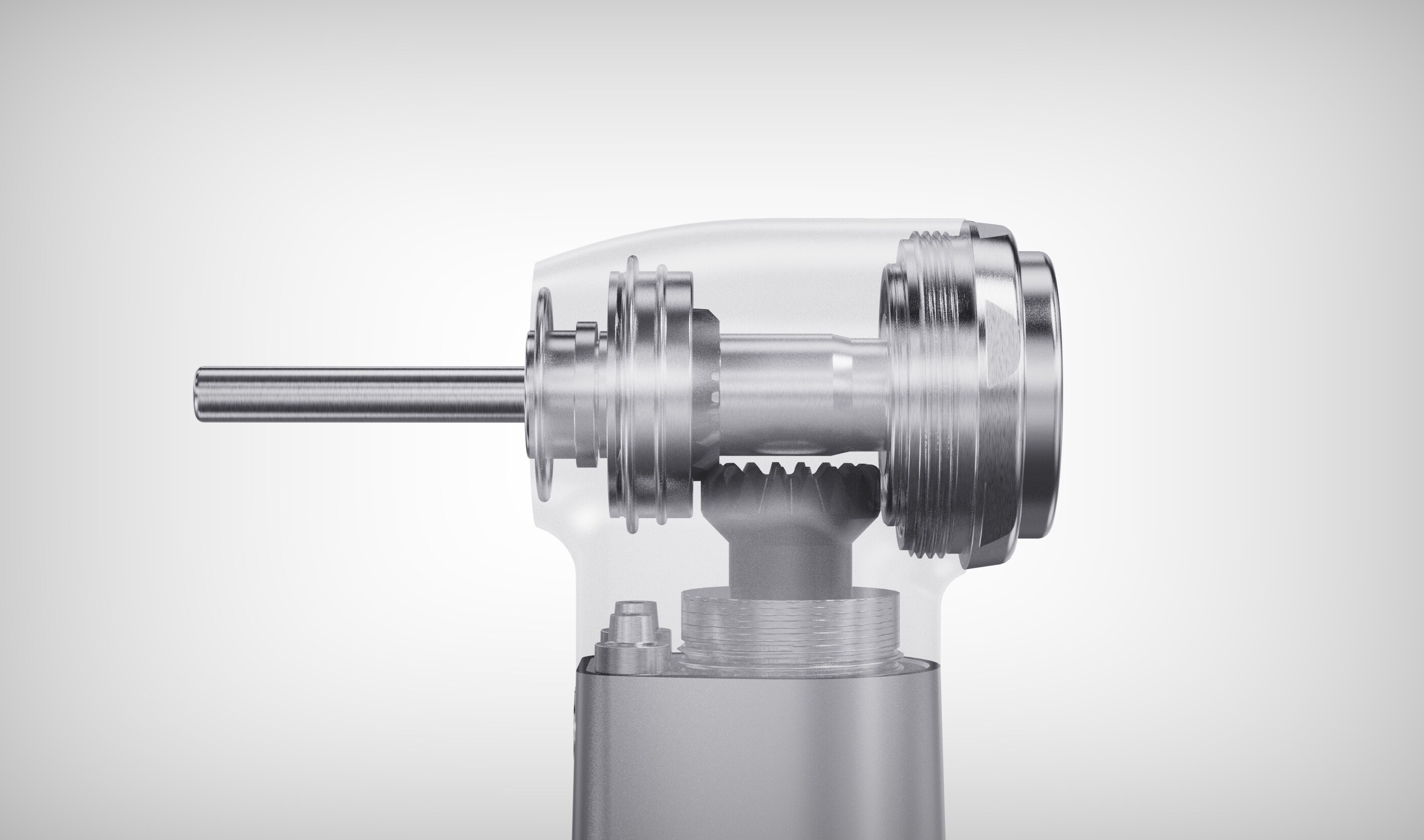Σφάλμα μορφής email
emailCannotEmpty
emailDoesExist
pwdLetterLimtTip
inconsistentPwd
pwdLetterLimtTip
inconsistentPwd

Νέα

Πώς να διατηρήσετε και να αποστειρώνετε τα χειροκίνητα οδοντιατρικά χαμηλής ταχύτητας
Για να διατηρήσετε τις συσκευές που λειτουργούν σε πλήρη χωρητικότητα και ασφαλή για τους ασθενείς σας, διατηρώντας και αποστείρωσηΧειρουργικά χειροκίνητα χαμηλής ταχύτηταςείναι απαραίτητο. Τα παρακάτω είναι τα βασικά βήματα:

Πώς να διατηρήσετε και να αποστειρώσετε τα χειροκίνητα οδοντιατρικά χαμηλής ταχύτητας
Το πρώτο βήμα για τη διατήρηση και την αποστείρωση των οδοντικών χειρολαβών χαμηλής ταχύτητας είναι να καθαρίσετε την επιφάνεια του προϊόντος. Για να γίνει αυτό, πάρτε ένα υγρό πανί που μπορεί να απορριφθεί και να σκουπίσει τη μονάδα προς τα κάτω. Είναι σημαντικό να διασφαλίσετε ότι μπορείτε να αφαιρέσετε όλα τα bioburden που υπάρχει στο χέρι.
Εάν το υγρό πανί δεν το αφαιρέσει με επιτυχία, μπορείτε να χρησιμοποιήσετε μια βούρτσα και μια μικρή ποσότητα ήπιο απορρυπαντικό. Δεν πρέπει ποτέ να τοποθετήσετε το χέρι σας εντελώς σε νερό, καθαρότερο ή οποιοδήποτε είδος απολυμαντικού διαλύματος.
Η λίπανση είναι ένα βασικό έργο όταν πρόκειται για τα οδοντιατρικά σας χειροκίνητα. Είναι καλύτερο να λιπάνετε τον κινητήρα της συσκευής σας μετά από κάθε 5 αυτόκλειστο. Απλά αποκτήστε ένα πετρελαιοφόρο σε σχήμα στυλό και τοποθετήστε μέχρι και 3 σταγόνες του λαδιού στον σωλήνα αέρα του μηχανισμού κίνησης.
Όταν τα συντρίμμια συσσωρεύονται στο χέρι χαμηλής ταχύτητας σας, θα πρέπει να βεβαιωθείτε ότι καθαρίζετε τα σπειρώματα της συσκευής. Στις περισσότερες περιπτώσεις, αυτό πρέπει να γίνει περίπου μία φορά κάθε μήνα. Για να καθαρίσετε προσεκτικά τα σπειρώματα, θα πρέπει να χρησιμοποιήσετε ισοπροπυλική αλκοόλη και χαρτοπετσέτα.
Είναι σύνηθες για τα εκδιωγμένα υγρά και άλλους τύπους συντριμμιών να καταλήξουν στην εξωτερική επιφάνεια της χειρολαβής σας. Για να αφαιρέσετε αυτές τις ουσίες, χρησιμοποιήστε μια ξηρή πετσέτα για να καθαρίσετε την εξωτερική επιφάνεια του εργαλείου.
Κάθε μία από τις οδοντικές χειρολαβές χαμηλής ταχύτητας που χρησιμοποιείτε στην πρακτική σας περιλαμβάνει τις οδηγίες του κατασκευαστή σχετικά με την τσάντα και την αποστείρωση. Θα πρέπει να ανατρέξετε σε αυτές τις οδηγίες σε αυτό το σημείο στη συντήρηση του προϊόντος σας. Κατά τη διάρκεια της διαδικασίας αποστείρωσης, είναι επιτακτική ανάγκη να εξασφαλίσετε ότι επιτρέπετε στην οδοντιατρία σας να στεγνώσει εντελώς, πριν από τη χρήση. Θα πρέπει να αποφύγετε την πράξη λίπανσης της συσκευής μόλις αποστειρωθεί και στεγνώσει.

